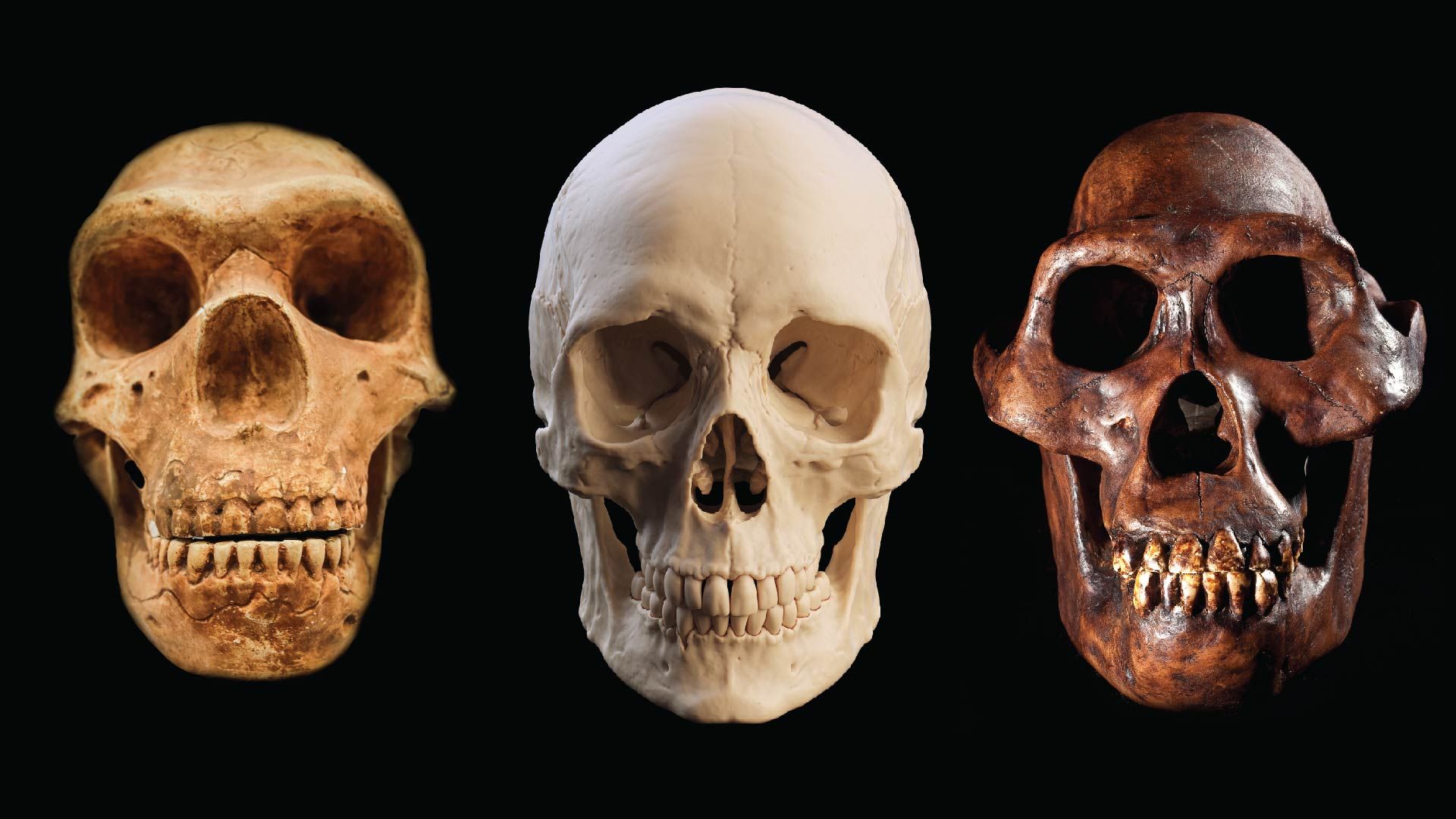Roughly 900,000 years ago, the human population dropped to 1,200 people, and remained this small for about 100,00 years. Climate pressures dropped the population, and decreased genetic variation by 66%.
Scientists were able to use modern human DNA, rather then attempt recovering DNA from such ancient fossils, to determine the changes that occured due to this intense genetic bottleneck. This decrease in population, and then recovery leading to the growth of human populations, is what may be credited with the separation of modern humans from neanderthals. Two ancestral chromosomes merged to form what is now chromosome 2. This would be where human defining traits would evolve, like complex social behaviors, and increased cognitive development.
This near extinction is what can explain the large gap in fossilized Homo sapiens from the time period.

No comments:
Post a Comment